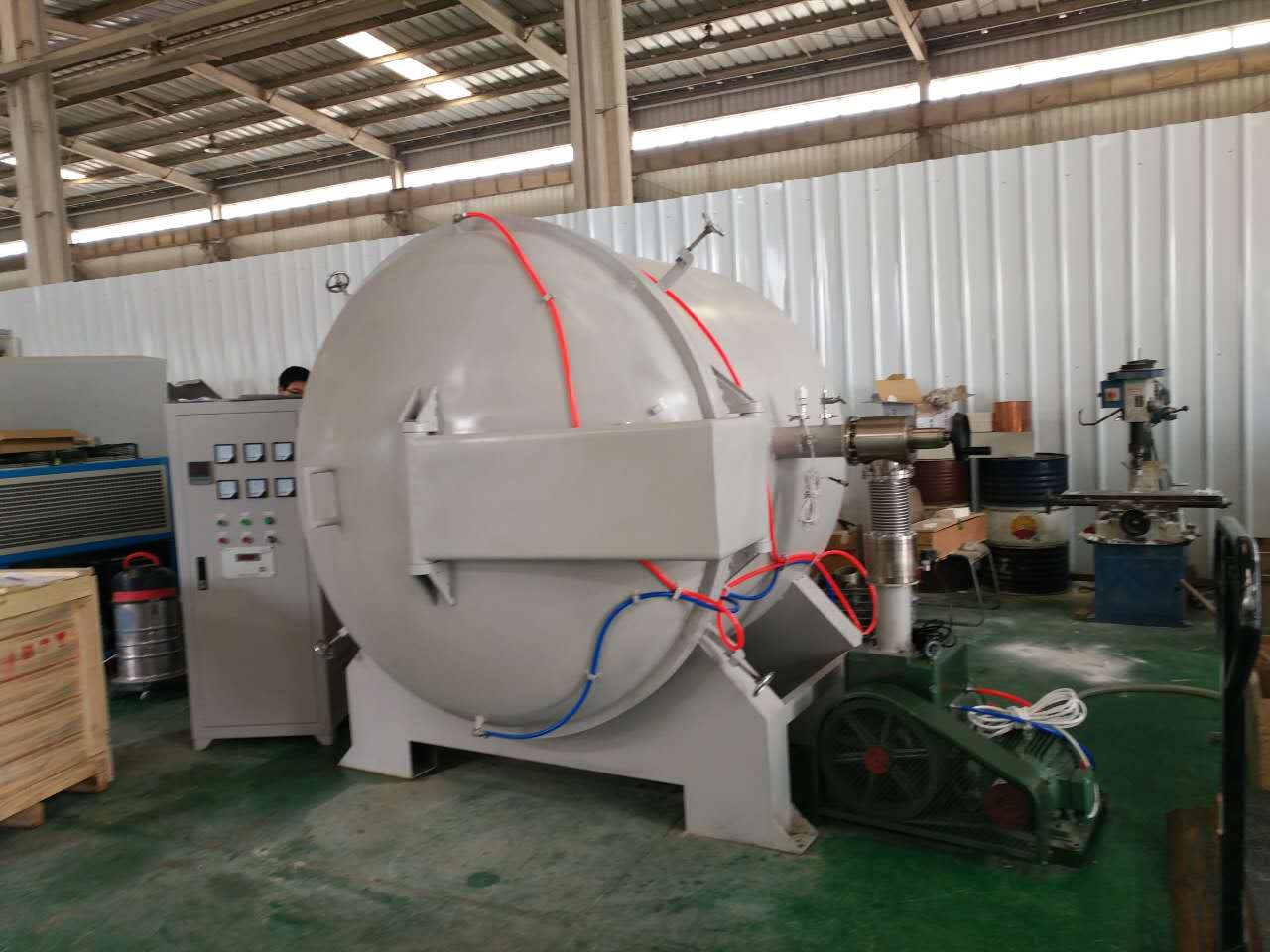Vacuum furnace can be divided into high vacuum aluminium brazing furnace,
vacuum annealing furnace, heat shield
vacuum heat treatment furnace, vacuum sintering furnace,
high temperature vacuum sintering furnace, vacuum carbon tube furnace, vacuum hot pressing furnace and so on. It is widely used in production industry and research laboratory, mainly used for ceramic firing, vacuum smelting, degassing of electric vacuum parts, annealing and brazing of metal parts. Ceramic-metal seals, etc.
According to the different temperatures, the application of vacuum heat treatment furnace is also different, which can be divided into the following four categories:
1.
Vacuum furnaces are usually used for heat treatment of steel alloys at temperatures below 1200 C, such as high speed steel, cold and hot working die steel, martensitic stainless steel, elastic alloy, superalloy, magnetic material and titanium alloy. Many general heat treatment applications involve hardening and tempering of steel components in order to change them in service. Be strong and tough.
2. Vacuum furnaces with temperatures higher than 1200 degrees C are mainly used in industrial fields. The treatment of high-temperature metals or non-metals in vacuum environment allows controlled annealing, brazing, purification, sintering and other processes, such as electronics, medicine, crystal growth, energy and artificial gemstones.
3. Another application of vacuum furnace is vacuum carburizing, also known as low pressure carburizing or LPC. In this application, gas (e.g. acetylene) is introduced into the hot zone as a partial pressure. The gas is decomposed into its constituent elements (carbon and hydrogen are the constituent elements of acetylene), and then carbon diffuses into the surface area of the component. This function is usually repeated to change the duration and diffusion time of the gas input. Once the workload is properly "casing", the metal will use oil or high-pressure gas (HP). GQ) Quenching. For HPGQ, nitrogen or faster quenching helium is usually used. This process is also called case strengthening.
4. Another low temperature application of
vacuum furnace is degreasing, which is a method of removing adhesives. Heat is applied in the vacuum of the sealed chamber to melt or evaporate the adhesives from the aggregates, and the adhesives are pumped out through the pumping system. The adhesives are collected or purged downstream. The materials with higher melting point are left in the purified state and can be further processed.

